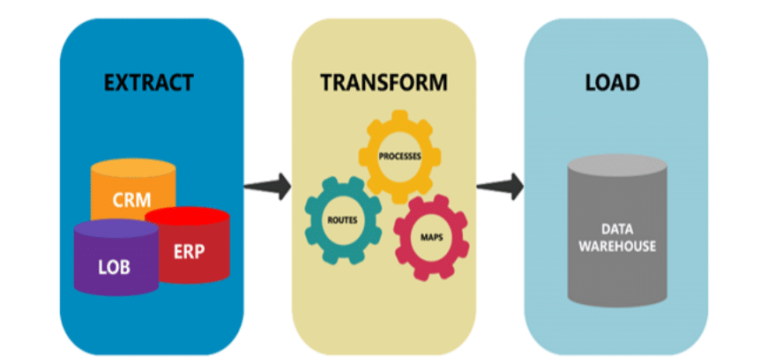As Big Data grows and becomes more valuable, previous data warehousing techniques are becoming outdated. Marketers rely heavily on this information to make smart decisions, but managing it can be a hassle, especially if it is spread across different systems. ETL tools help marketers manage this data and act on it. However, which tools are the best? Read on to learn about the differences between these tools and their capabilities.
Parabola
While many ETL tools can be overwhelming, Parabola makes the process much easier. Its user interface makes even the most tedious task seem fun. The user interface is based around “Flows,” a series of steps your data will take when it flows through Parabola. Check out the tool on the company’s website, and decide if it is the right tool for your needs.
Unlike other ETL tools explained, Parabola enables you to combine, shape, and prune data without writing any code. It also has a complete list of data transformations and allows you to chain together components to create powerful data flows. Currently, Parabola supports 29 sources and ten destinations, with more on the way. It can handle large datasets and many different types of data and both structured and unstructured data.
Stitch
Several popular data warehousing solutions allow users to automate and schedule their data pipelines. Using a data pipeline orchestration tool, such as Stitch, can help users ensure that all aspects of their data pipeline are optimized and automated. It also lets users schedule granular extractions and replications and view detailed logs and loading reports to track data replication and integration. With a data pipeline orchestration tool, data teams can focus on insights instead of building complex integrations.
For data warehousing, Stitch offers a cloud-based platform that integrates various data sources. Its data pipelining processes are fully managed by Stitch. It was recently acquired by Talend but continues to operate independently. Although Stitch supports different data sources, its main drawback is its limited number of data destinations. For this reason, many companies may find Stitch too limiting for their needs.
Apache Nifi
Apache NiFi is an ETL tool with an easy-to-use flow-based programming interface. The program provides scalable data transformation and routing and can run on a single server or cluster of servers. Its workflow consists of rectangular components that exchange data through queues. The FlowFile Controller manages resources between the components. Users can also customize the interface to suit their needs. However, it can be a bit tricky to set up.
If you’re interested in learning more about ETL tools, check out the Apache NiFi project. This open-source tool uses more than 100 embedded processors to process data. It supports streaming data, different file types, and all JVM languages and can perform batch operations, periodic batches, and manual jobs. Also, it supports data enrichment and verification. Although it’s not as popular as other ETL tools, it can be valuable to your toolkit.
IBM DataStage
Among the many ETL tools available in the market, IBM DataStage is one such tool. It allows data warehouse administrators to create and run data preparation and transformation jobs on the mainframe and the server. In addition, its tools enable users to perform the required ETL processes and tasks without having to write any code. A DataStage project manager can help you create and run a job using the data transformation tool.
IBM DataStage is a batch-based ETL tool part of the IBM Information Platforms Solutions suite. It is based on graphical notation and offers various editions designed to target larger organizations with multiple legacy data systems. It has the added feature of allowing users to deploy data transformations on any cloud and cut Data Movement costs. But while it’s a popular tool, it’s also expensive and difficult to license. Moreover, it overlaps with other ETL tools in the same family.

